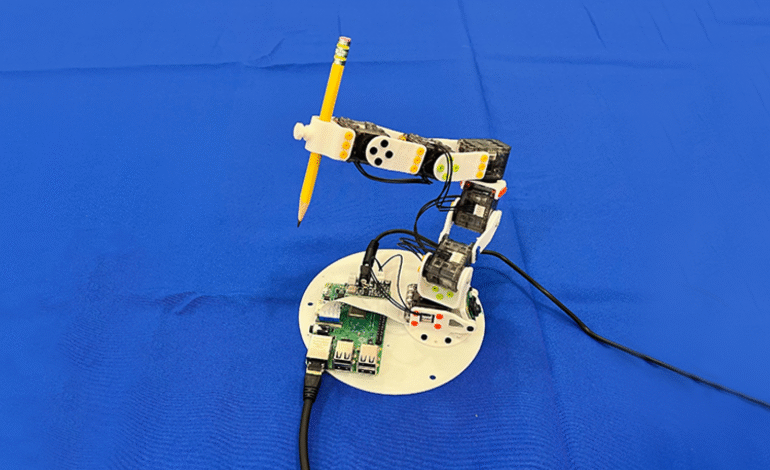
Artificial Intelligence and the Persistence of Bias in Systems
While artificial intelligence promises to reshape industries, it faces the challenge of embedded human biases. Understanding AI’s limitations in neutrality is crucial as reliance on this technology grows across sectors.
Understanding AI’s Inherent Biases
Artificial intelligence systems learn from the data they are fed, which can often be biased. Prejudiced data leads machines to reinforce existing societal biases, despite the initial intention of neutrality. AI’s decision-making thus reflects the prejudices present in the training data, making it crucial to critically evaluate the inputs provided to these systems and develop strategies to counteract these biases.
The Problem of Trust in AI Decision-Making
There is an increasing reliance on AI in decision-making processes, from credit scoring to legal judgements. However, these systems are often treated as objective arbiters, which can be misleading. The opacity of AI algorithms contributes to misplaced trust, making it essential to approach AI systems with scrutiny, validate their outcomes, and demand transparency in how AI reaches its conclusions.
Approaches to Mitigating AI Bias
Addressing AI biases involves several approaches:
- Ensuring diverse and representative data sets.
- Implementing algorithmic fairness and accountability standards.
- Engaging interdisciplinary teams to review AI processes.
These strategies can help reduce the bias in AI, yet it’s an ongoing process requiring continuous monitoring, evaluation, and adjustments to maintain fairness and accuracy in AI applications.
Conclusion
AI’s capabilities are transformative, yet it mirrors the biases of its creators. Acknowledging and confronting these biases is essential in refining AI’s utility and fairness, ensuring that advances in technology do not entrench societal inequalities.





